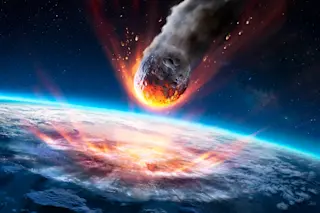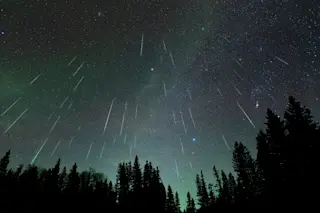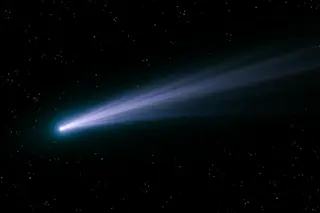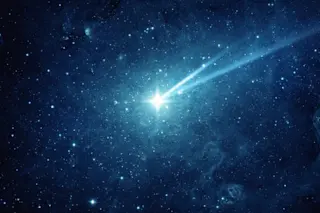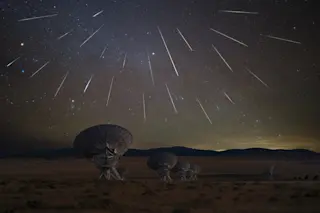Just two weeks into the new year, NASA has scored two dramatic triumphs—a welcome turnaround from a disastrous 2003. On January 3, the rover Spirit touched down safely on the surface of Mars. One day earlier, the Stardust spacecraft, launched in February 1999, successfully plunged through the dusty and gassy head of comet Wild 2 (pronounced “vilt” in the German style) and scooped up cometary particles that may help reveal our solar system’s mysterious early history. “The samples contain the water and chemical building blocks that formed our solar system, formed the sun, and support life on Earth,” says Stardust project manager Thomas Duxbury of the Jet Propulsion Laboratory in Pasadena, which manages the craft for NASA. “Comets have stayed in the outer fringes of our solar system and have not changed in 4.5 billion years. We went back in time to the beginning of our solar system when we ...
Catch a Comet by the Tail
NASA's Stardust spacecraft captured comet Wild 2's particles, unveiling our early solar system's secrets from billions of years ago.

Newsletter
Sign up for our email newsletter for the latest science news
More on Discover
Stay Curious
SubscribeTo The Magazine
Save up to 40% off the cover price when you subscribe to Discover magazine.
Subscribe





